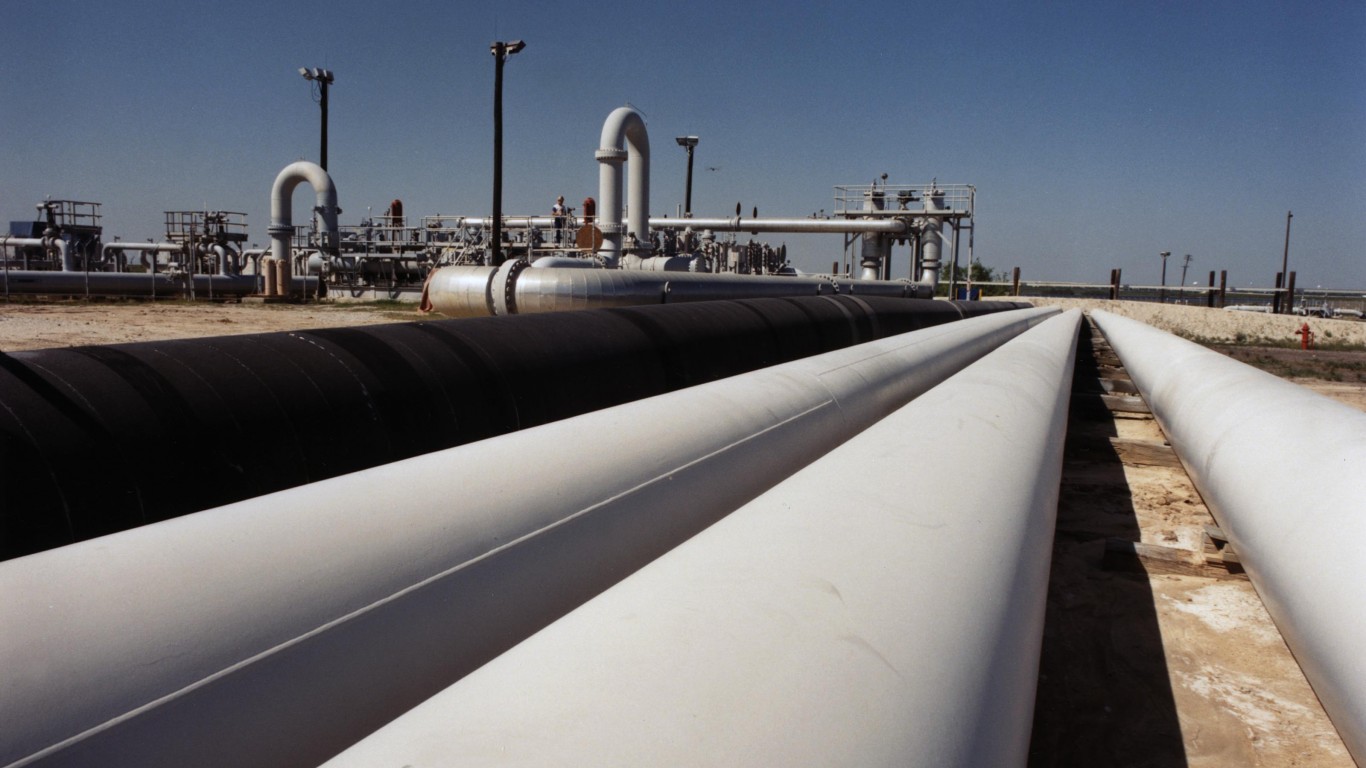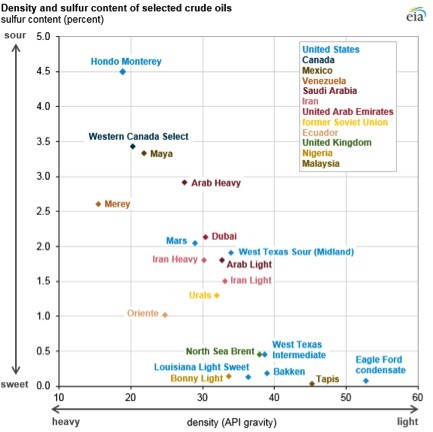

In mid-December, the U.S. Department of Energy (DoE) issued a request for a proposal to buy 3 million barrels of crude oil to add to the country’s Strategic Petroleum Reserve (SPR). Last week, the DoE reportedly canceled the proposed purchase because the price was too high or the sale failed to meet other requirements of the purchase offer.
[in-text-ad]
For most of last week, West Texas Intermediate (WTI) crude oil traded between $75 and $80 a barrel. Brent crude, the international benchmark, traded for a few dollars more. The DoE’s offer to buy oil is limited to a price range of $67 to $72 a barrel. DoE essentially has established a floor of around $70 a barrel as the price the federal government will pay for domestically produced oil. U.S. producers have never before had a federally supported price floor for their oil.
In this case, however, with crude prices already above that level, it is that no oil producer wanted to sell its oil for less than it could receive on the open market.
The second reason DoE gave for the cancellation is that the crude oil being offered was not “sour” crude produced in the United States. This is more complicated.
Sour crude, as defined in the DoE’s proposal, may have a sulfur content of up to 1.99% (by weight), far above “sweet” crude, which has a sulfur content of less than 0.5%. Most of the oil produced in the United States is sweet.
Why, then, is the DoE looking to purchase sour crude? Because nearly two decades ago, U.S. Gulf Coast refiners spent billions of dollars refitting their plants to handle the sour crudes that come from Canada, Mexico and Venezuela, expecting that U.S. imports of sour crude would soar as reserves were depleted. Sour crude is more complicated and expensive to refine into gasoline than lighter, sweet crudes. And then came the fracking revolution.
Once fracking took off, the Bakken play in North Dakota and the Eagle Ford play in south Texas began producing millions of barrels of sweet crude. Permian Basin WTI sweet crude production also soared over the next decade. U.S. refiners made further adjustments to their refining units but still required more sour crude than was available from U.S. producers. The good news is that sour crude is cheaper than sweet.
Earlier this year, Mars sour crude, which is produced from the U.S. Gulf of Mexico, sold at a discount of around $6.50 a barrel to WTI. That would seem to put the DoE’s offer to buy right in the ballpark for sour crude. Apparently, the bids DoE received did not meet the specifications the agency laid out for the sour crude it was willing to buy.
The following chart shows the density and sulfur content of a number of different crude oils. West Texas Sour is roughly equal in density and sulfur content to Mars, while Hondo Monterrey, produced in California, is much heavier.
[in-text-ad]

When U.S. gasoline prices soared last summer, President Biden authorized the sale of 180 million barrels from the SPR, all of which were sold by last month. As part of the omnibus spending bill passed last month, the DoE has canceled another 140 million barrels in sales from the SPR scheduled to take place between 2024 and 2027.
The U.S. SPR currently holds about 372 million barrels of crude, its lowest level in decades. The drawdown in 2022 siphoned nearly 222 million barrels from the SPR. Unless oil prices fall from their current level of around $79 a barrel, even sour crude will be fetching prices above the top end of DoE’s price range. The Wall Street Journal estimates that DoE has $4.8 billion available to purchase crude to refill the SPR.
That would add about 68 million barrels to the reserve at a price of $70 a barrel, just over a third of the Biden-ordered withdrawals. The floor that Biden and the DoE set for crude oil producers may have just disappeared unless Congress ponies up more cash. Like nearly everything else, refilling the SPR is now a point of political contention.
Sponsored: Find a Qualified Financial Advisor
Finding a qualified financial advisor doesn’t have to be hard. SmartAsset’s free tool matches you with up to 3 fiduciary financial advisors in your area in 5 minutes. Each advisor has been vetted by SmartAsset and is held to a fiduciary standard to act in your best interests. If you’re ready to be matched with local advisors that can help you achieve your financial goals, get started now.
Thank you for reading! Have some feedback for us?
Contact the 24/7 Wall St. editorial team.
 24/7 Wall St.
24/7 Wall St.

